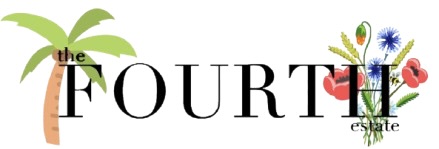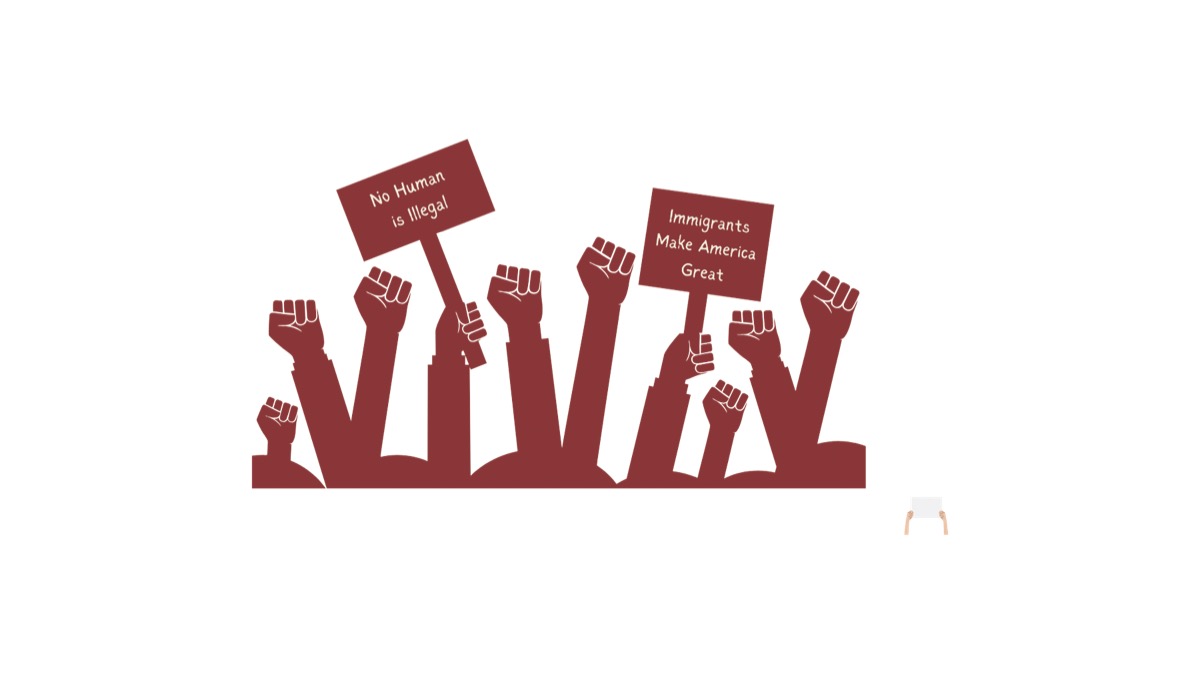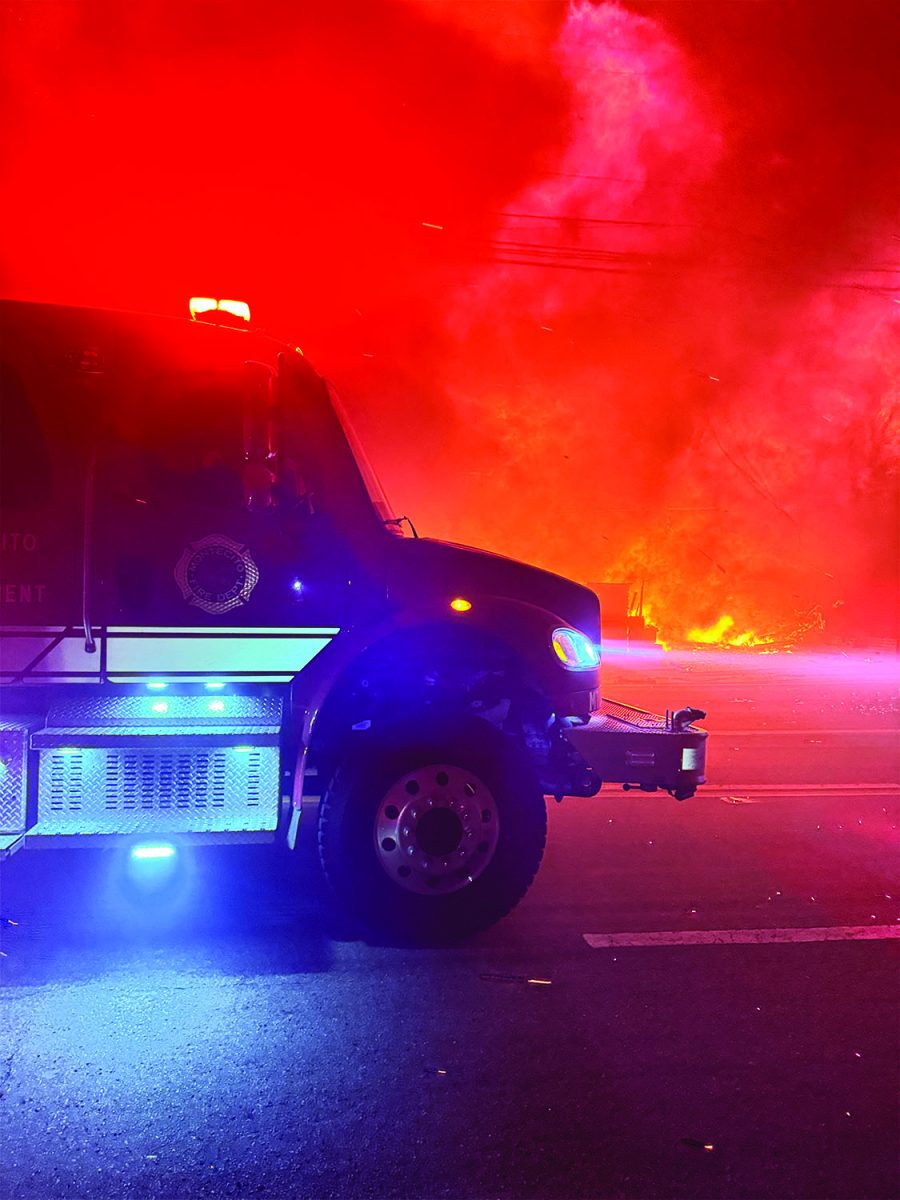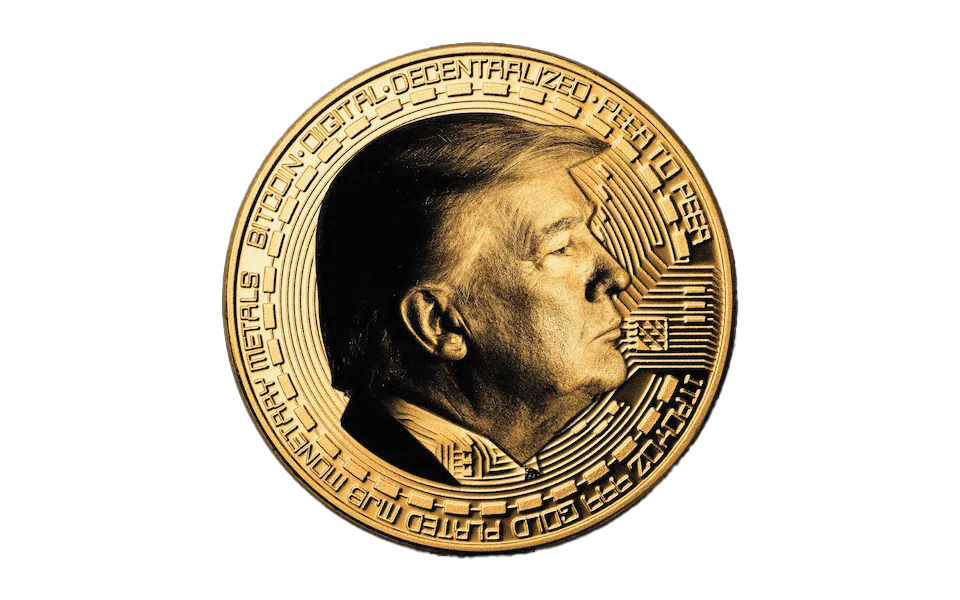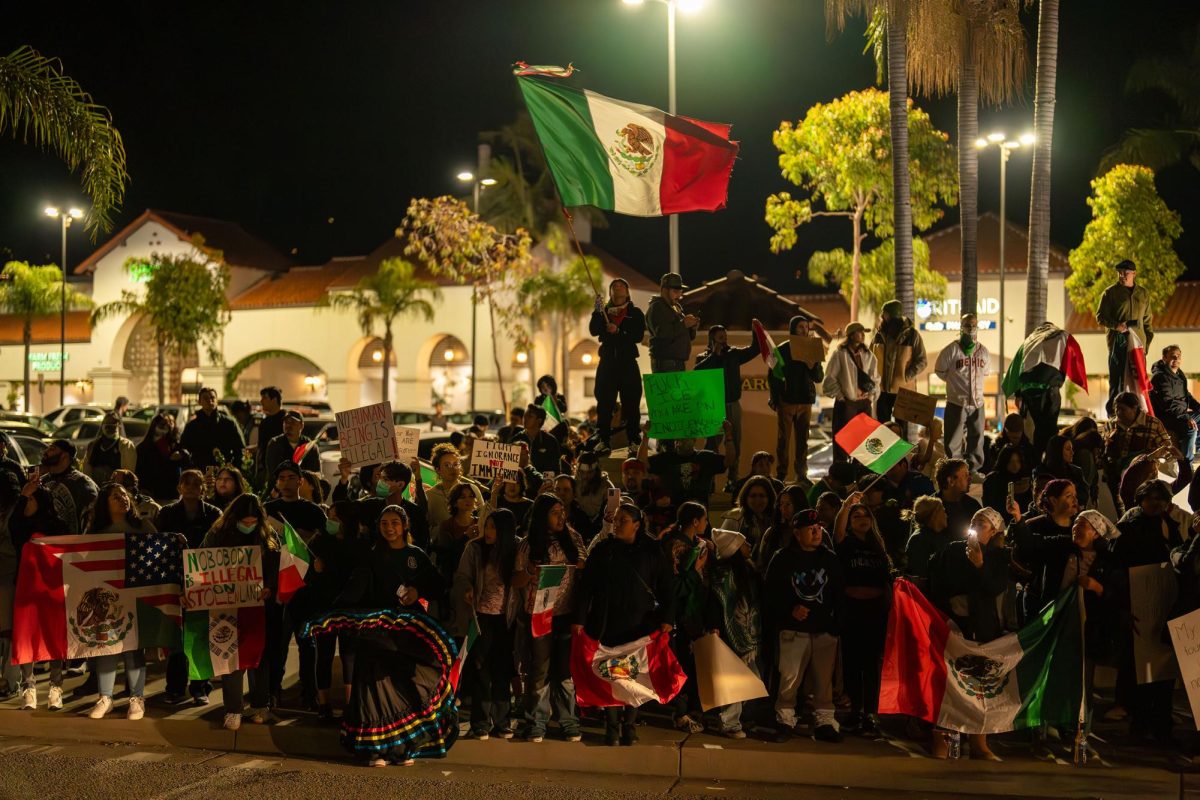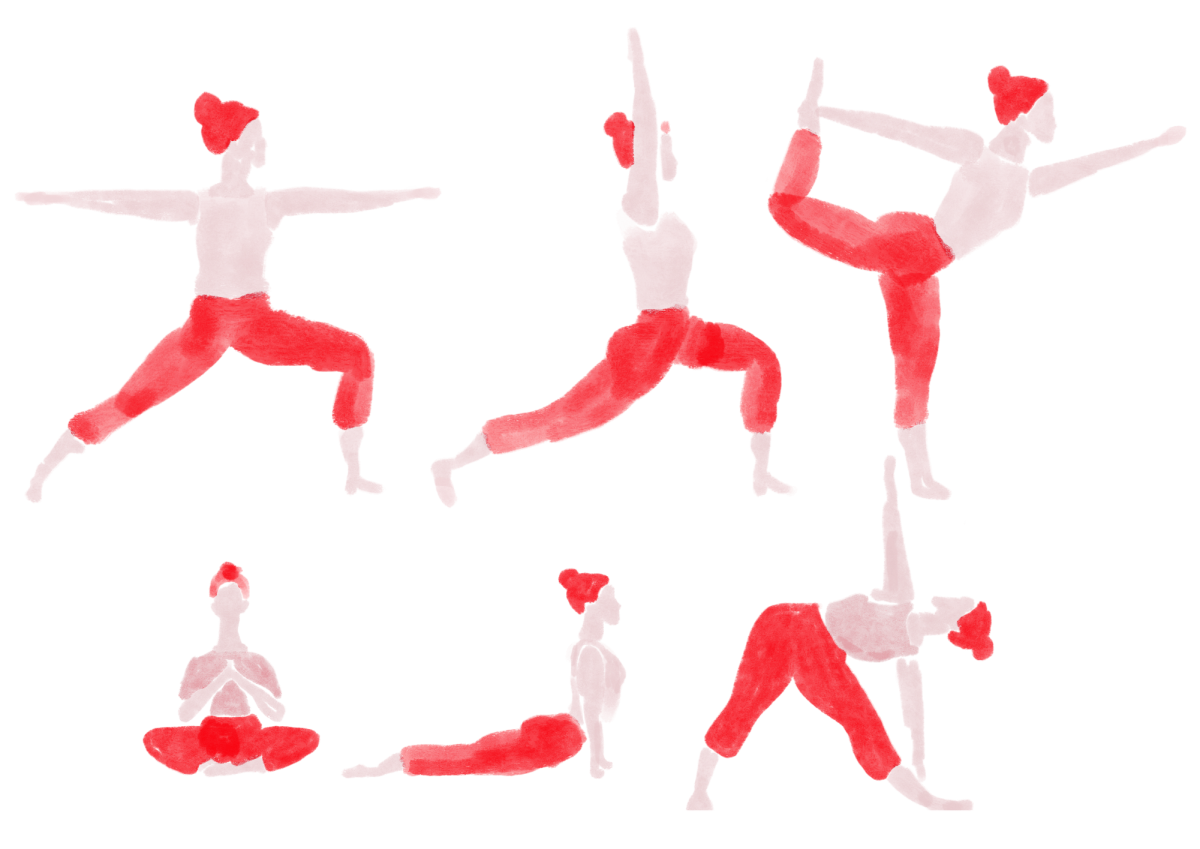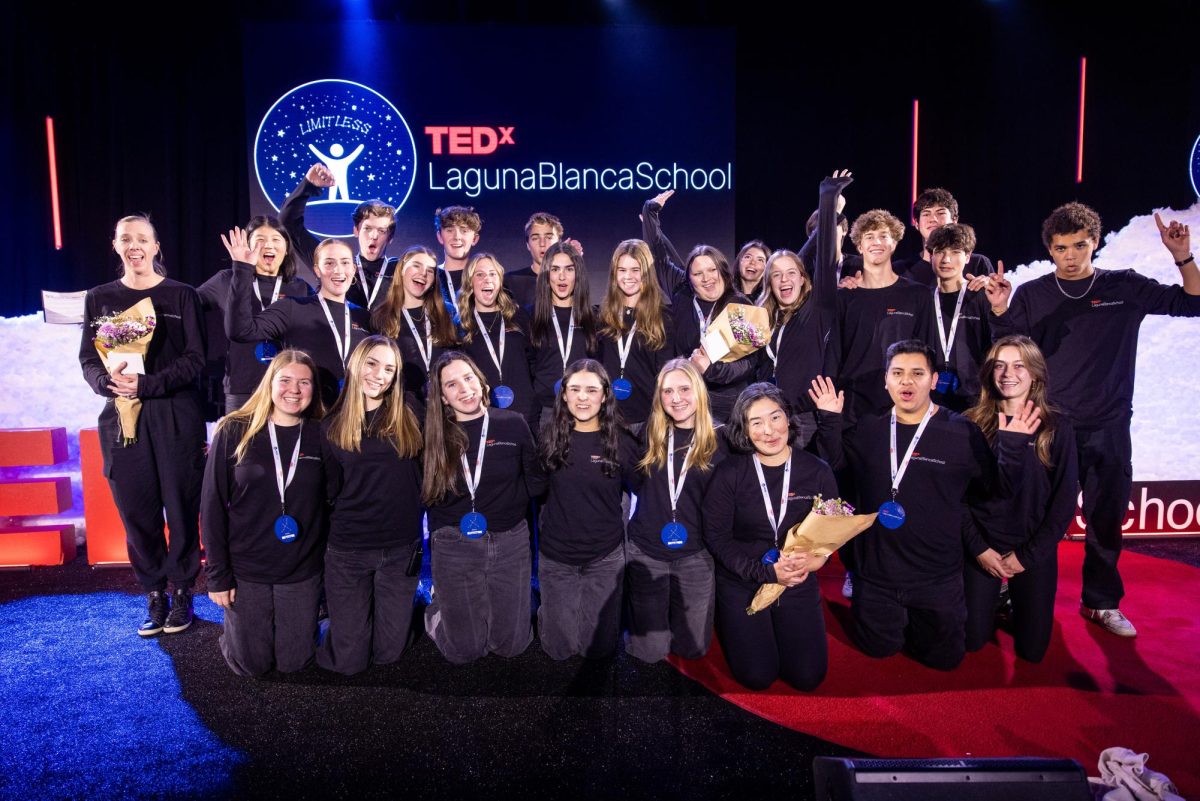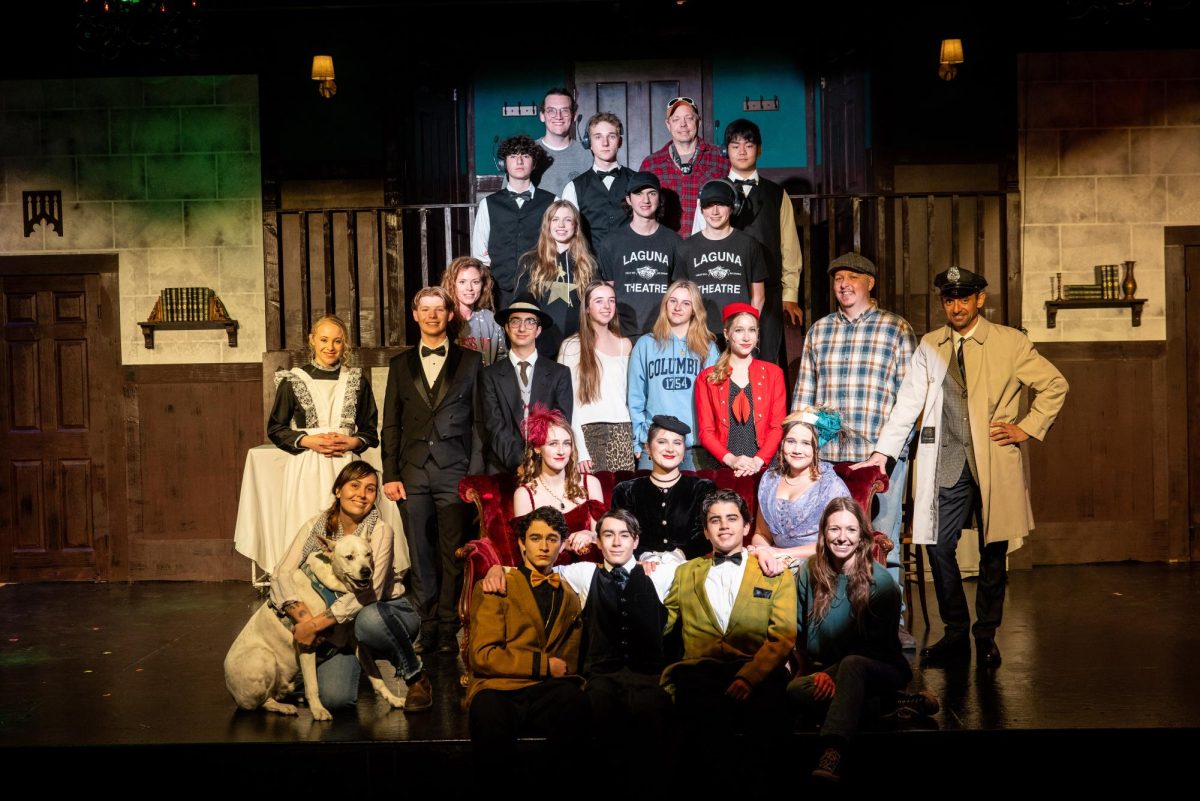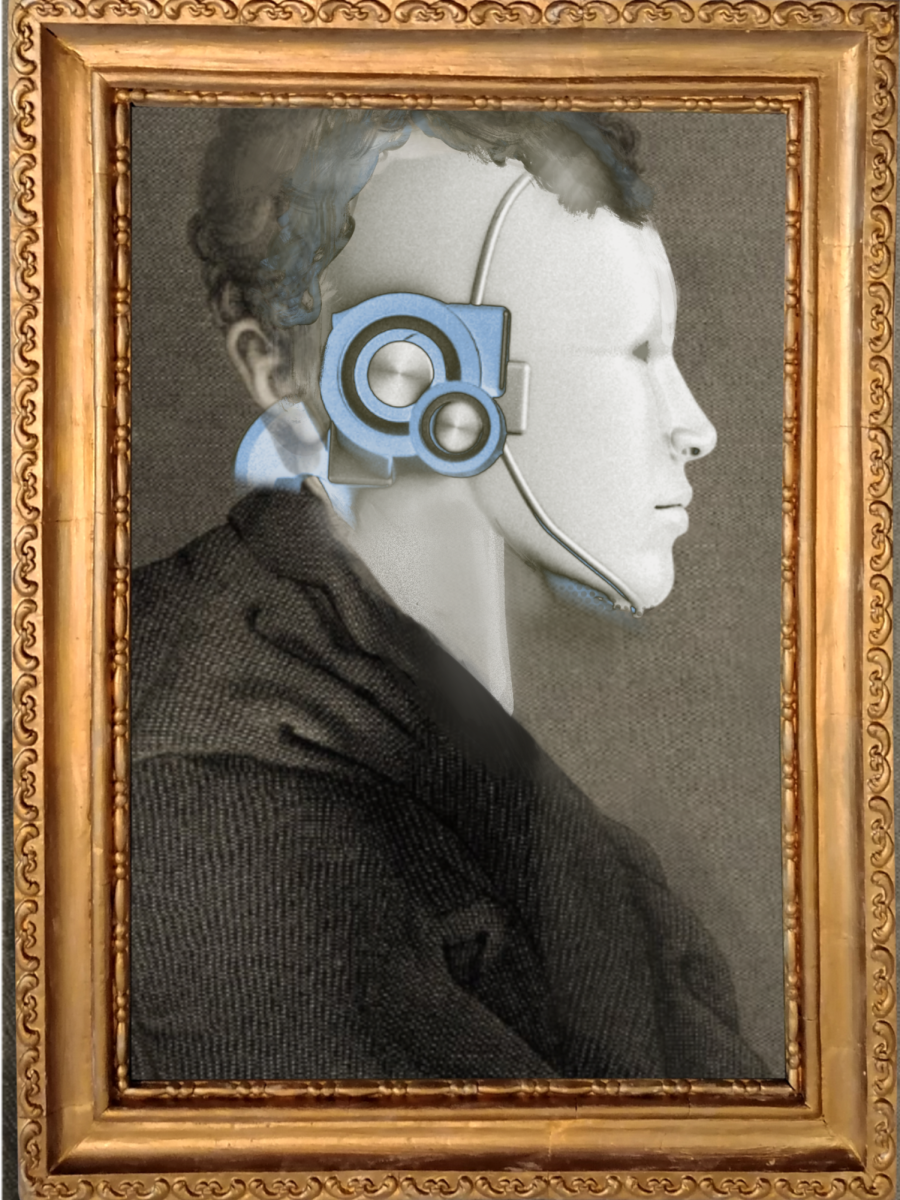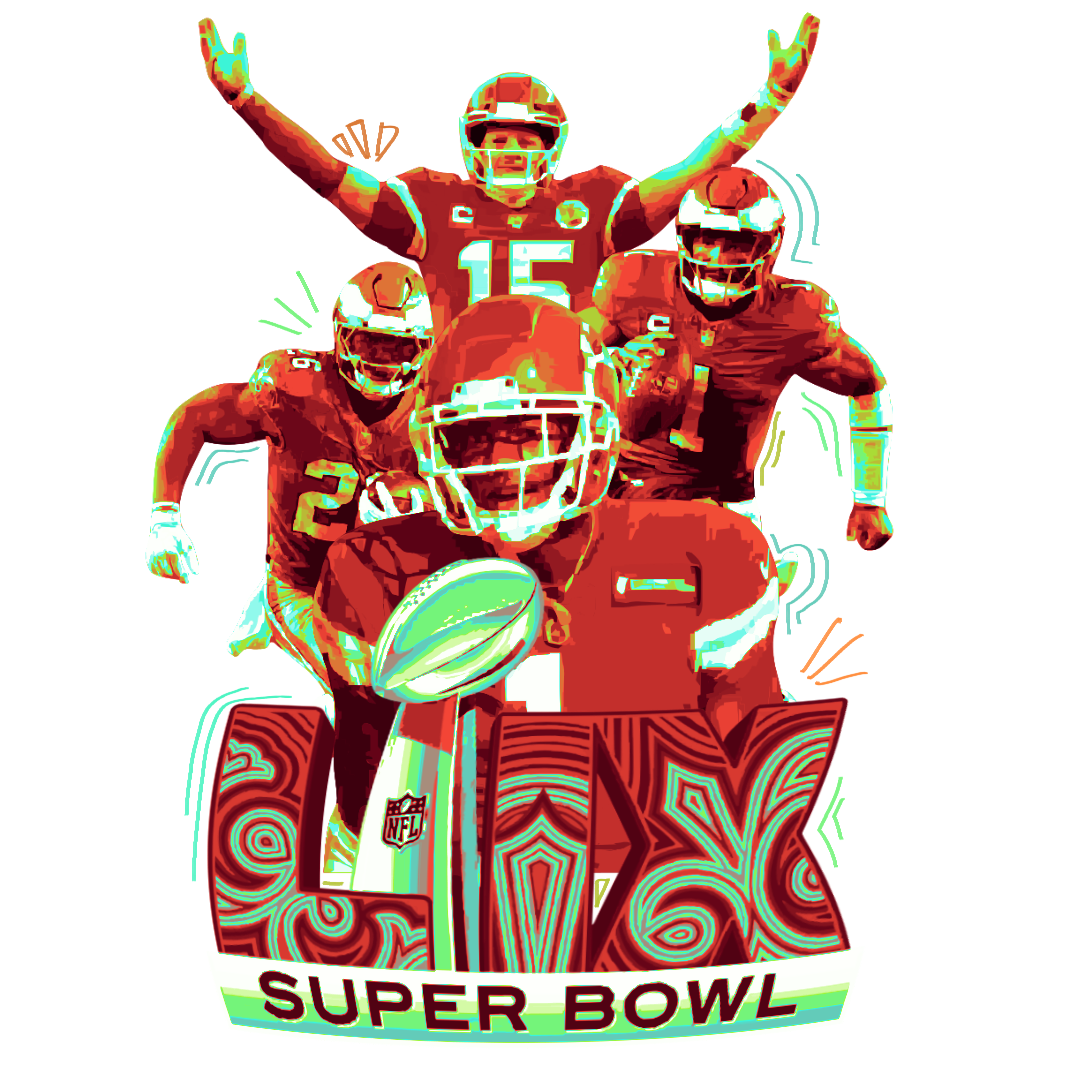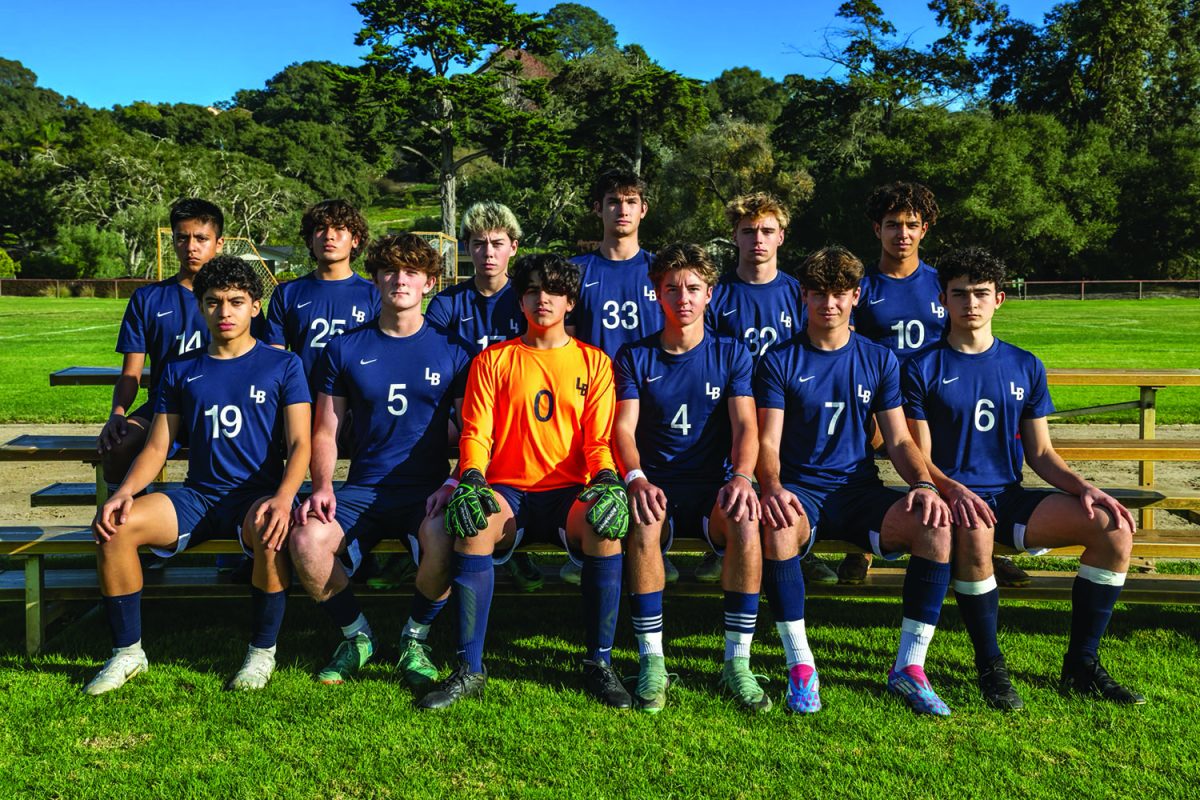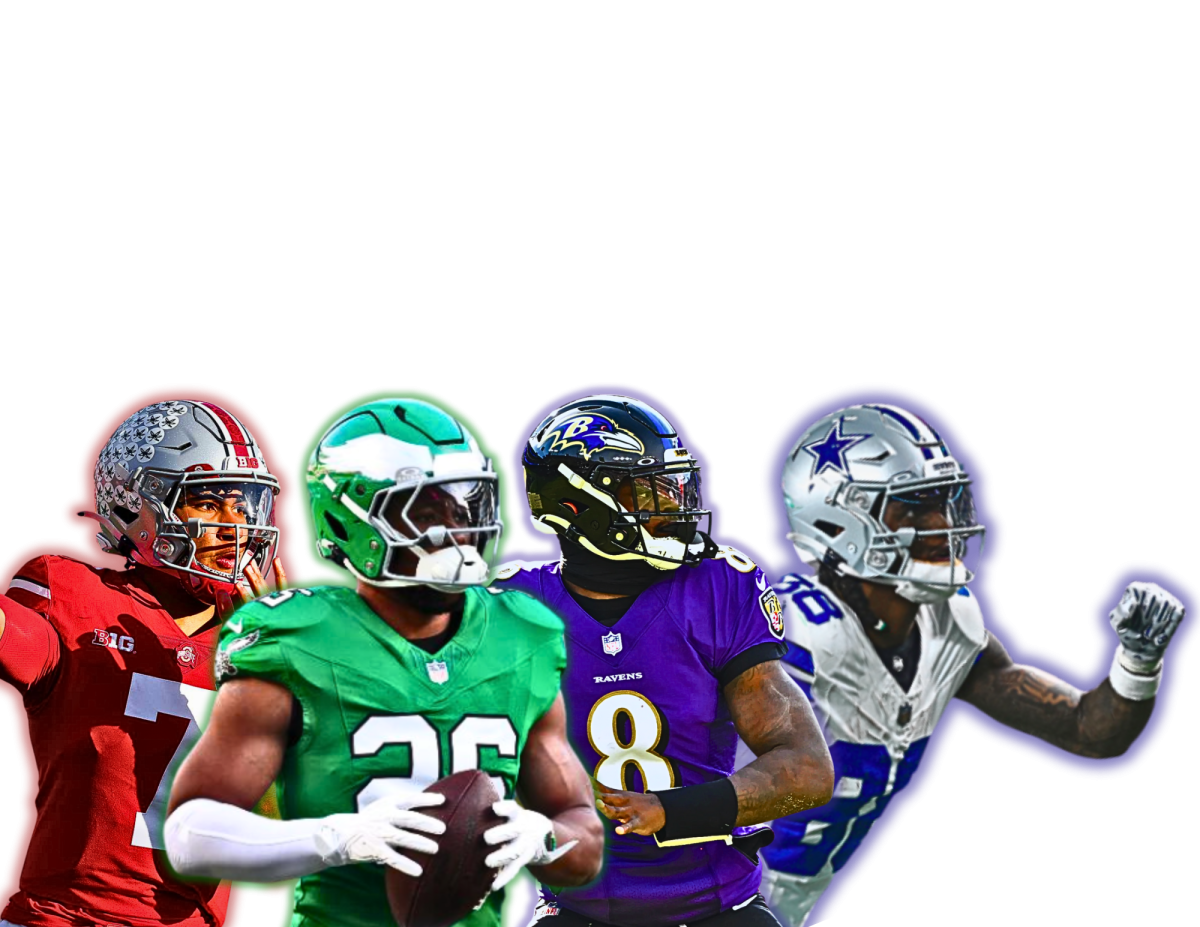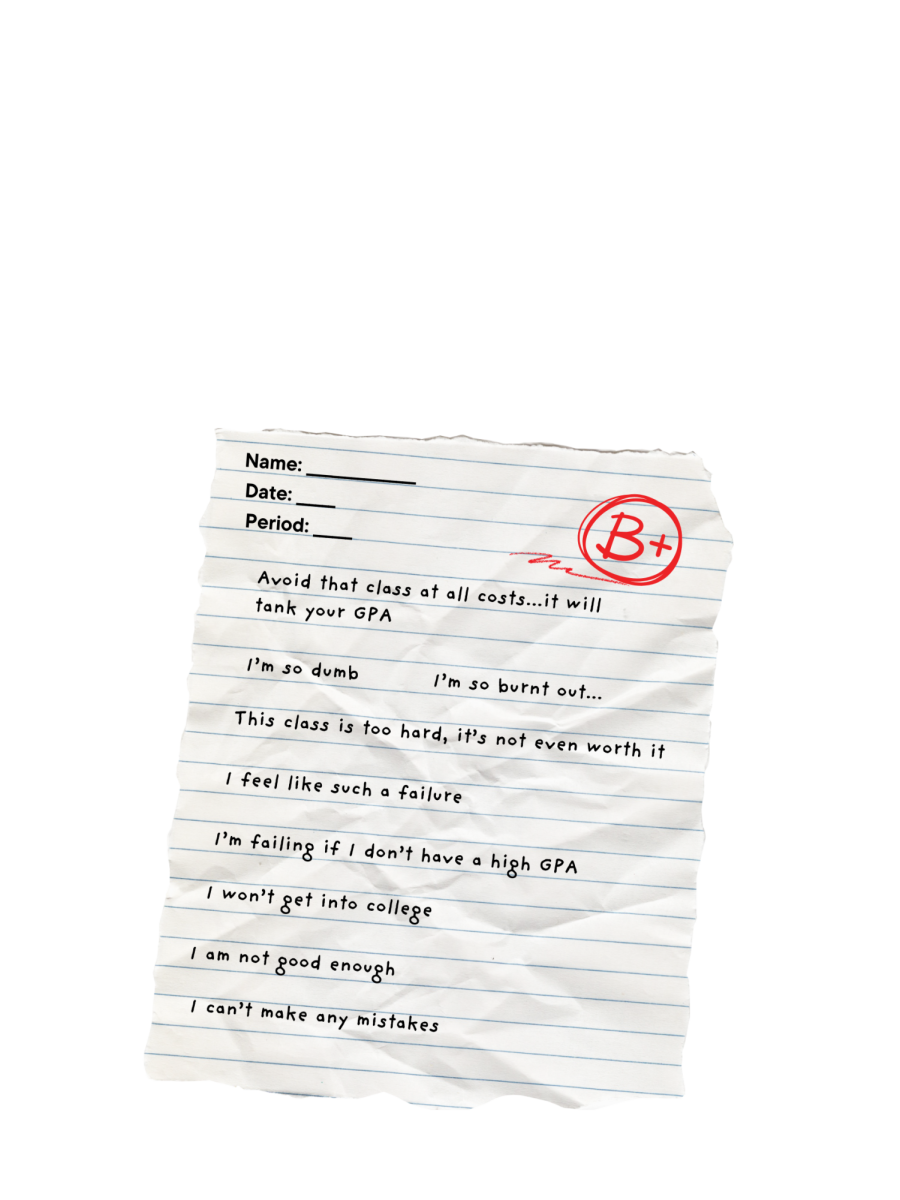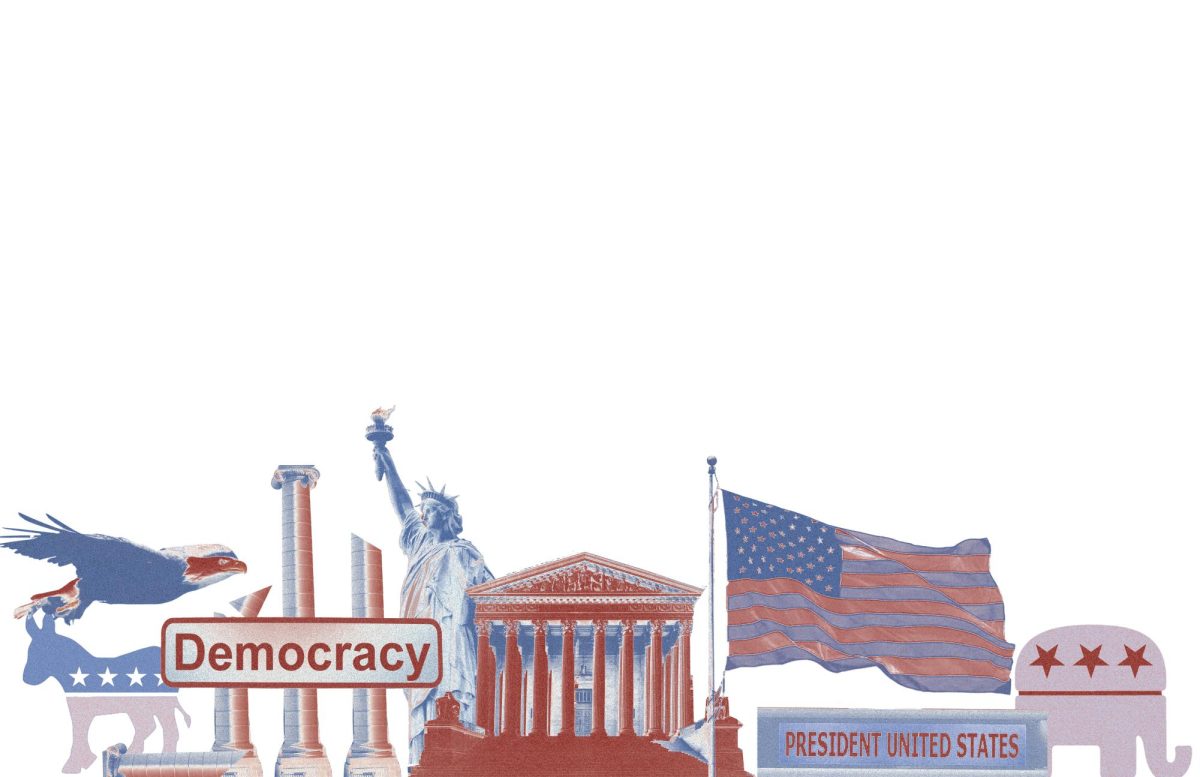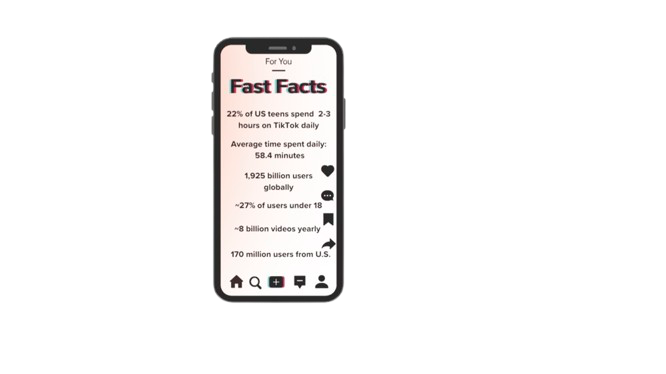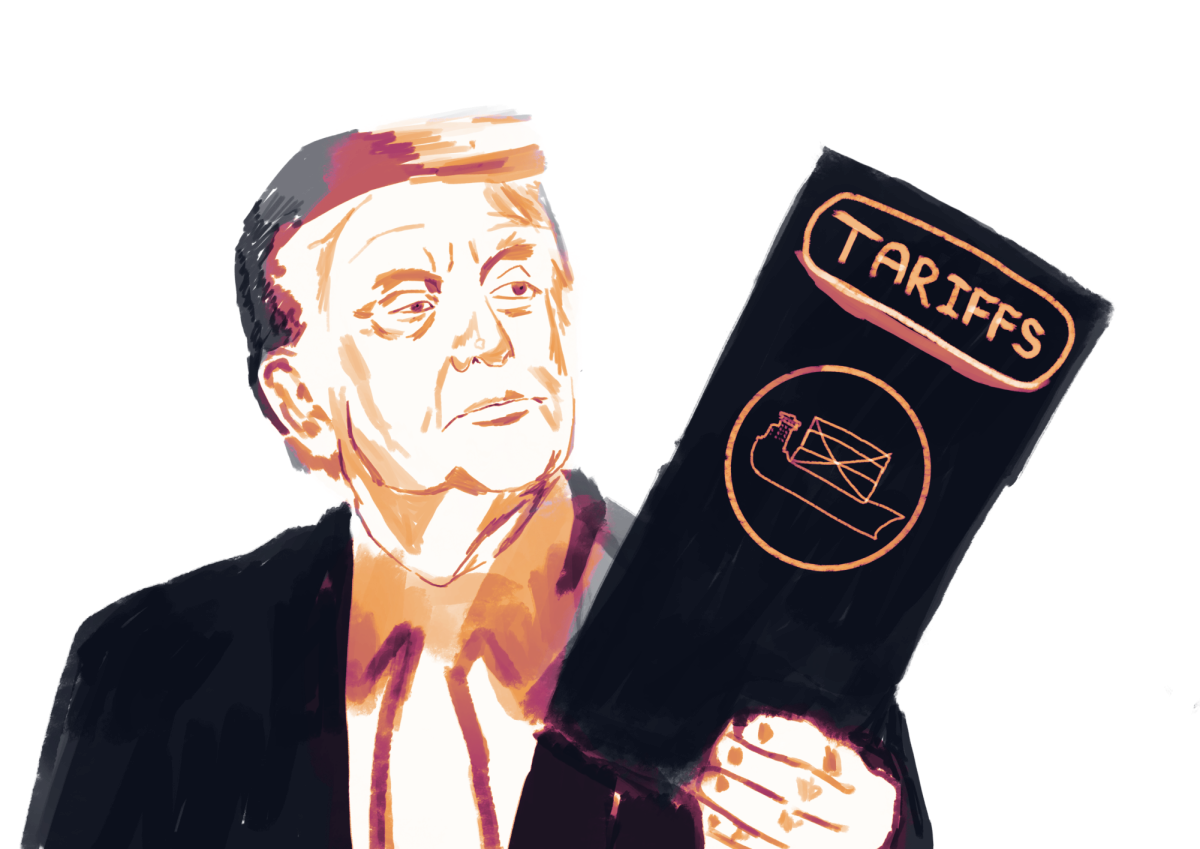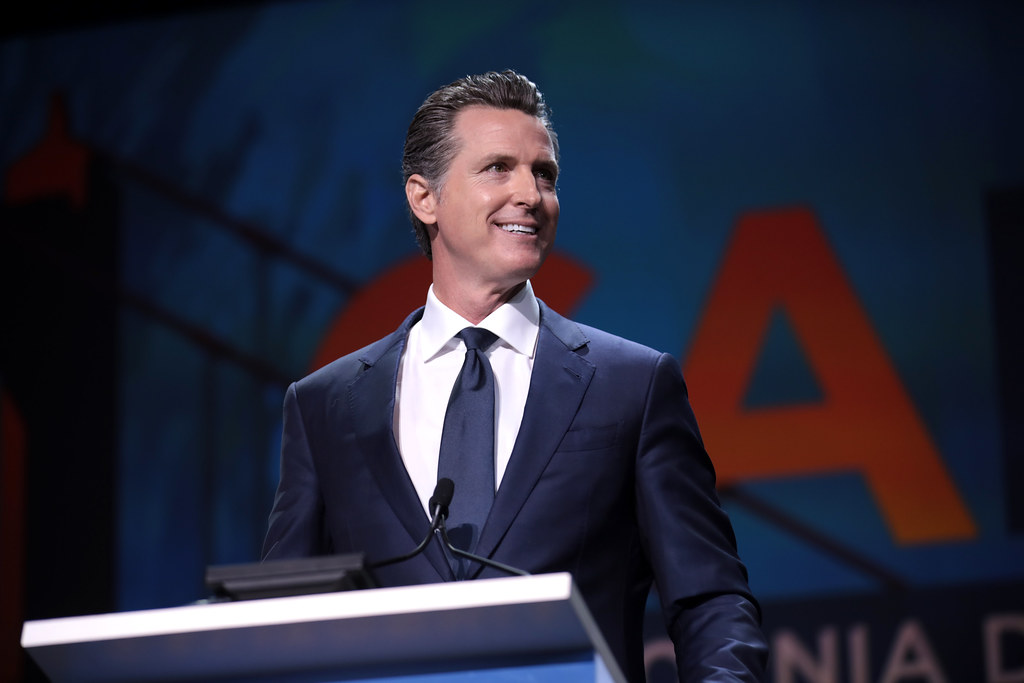The two most influential genres are jazz and blues, which were at their height from the 1920s to the 1940s.
Jazz, along with other genres of music, has its roots in the African-American community and was all the rage in the 1920s. Americans looked for a sense of joy after the atrocities of wartime following the end of WWI.
Jazz is characterized by its upbeat tempo with melodies that follow after improv breaks from band members. Jazz acted as a bridge between Black and white culture since there were both Black and white jazz artists. Jazz also encompassed the voice of the youth. It was a symbol of freedom and youthful rebellion. After jazz in the 1920s, came other jazz-influenced genres.
The genre most influenced by jazz is swing music. Swing music is interconnected with jazz through the accenting of certain beats that give a ‘swing’ feel. It makes the listener want to move to the rhythm similar to the toe-tapping of jazz. Similar to jazz, it uses rhythms and melodies, almost imitating the scatting of instrumental music of jazz. Swing can be considered the dilution of jazz tradition because groups ranged from 12-16 members. As it was an erratic music genre, it produced more written music that had previously been thought compatible with the improvisatory character of jazz. The swing genre went on to be commercially successful. Jazz gained veneration because of this which resulted in jazz being moved to American ballrooms and other high-class events. Similar to swing, jazz greatly influenced the genre known as bebop.
Bebop is a style of jazz. Like jazz and swing, it is fast-paced with many rhythmic melodies and high-energy beats that encourage its listeners to dance. Bebop marked a new era of jazz. Famous bebop musicians include Charlie Parker who developed more complex and quick improvisational techniques and Dizzy Gillespie who infused Afro-Latino style into the genre. Bebop was founded on individual expression and creativity. This genre allowed artists to easily improvise off of each other due to bebop’s unpredictable tempos. The genre allowed many Black musicians to create a sense of identity through their individual creative expressions. Bebop paved the way for jazz genres like cool jazz and hard bop. Bebop later influenced non-jazz musicians such as Frank Zappa, musician, composer, and bandleader, from the rock band, The Mothers of Invention, and Ben Vaughn from the Ben Vaughn Combo which was a combination of genres including rock, folk, blues, and more. The next most popular genre of the 1920s through the 1940s was blues.
Blues, as it is a predecessor to Rhythm & Blues, is a genre that is very emotive and melancholy since it is representative of the African-American community’s struggles during enslavement and the Jim Crow era. Blues can be characterized by expressive ‘microtonal’ pitch inflections (blue notes). Blues began after the American Civil War and was influenced by work songs from the field and field hollers, minstrel shows music, ragtime, church music, and popular white folk music. This genre is very closely related to jazz because Jelly Roll Morton and Louis Armstrong used blues elements in some of their jazz music. Blues is a very influential genre as it facilitated the birth of soul music and Rhythm & Blues.
Rhythm & Blues is known as R&B. R&B was developed from gospel, jazz, folk, and traditional blues. Since its dawning, R&B has continued to evolve with the times. The genre is very emotionally evocative, as it began after World War II. Similar to blues, R&B singers would emote rather than tell stories; similar to jazz, R&B brought both white and Black people together because it was yet another genre of the young generation’s voices in the battle against segregation. Apart from influencing R&B, the genre with the greatest blues influence is rock.
The rock n’ roll in the 1950s was spurred by advances in technology for electric guitars. In the 1950s, Elvis Presley was one of the hottest rock artists to come onto the scene. The crowds, predominantly women, went wild when he played. Like many genres, rock n’ roll went against segregation because it broke the racial divide between Black and white people and was popular enough to account for 43% of records sold in the 1950s. No matter the decade, rock has been present since.
Country, another popular 1950s genre, is a genre of music that can be characterized by harmonies with the folk style of Southern U.S. and Western cowboy. Its roots are from rural America, from the Appalachian Mountains to the South. Country music’s beginnings started in the 1920s, but it soared in popularity in the 1950s. A prior subgenre of country is honky-tonk which was popular during the 1940s, becoming a huge commercial success.
Going into the 1960s, the popular rock of the ‘50s evolved into hard rock, which was started by the Beatles. They led the charge with their blues and rock n’ roll music and complimented those origins with pop and experimental sounds. The Beatles addressed both contemporary issues and stories about their personal lives and inner thoughts, an example of which was “Come Together” (1969). This song’s purpose was to get all of the Beatles to come together again when they were experiencing a rift in the group. The hard rock genre includes artists and bands such as The Grateful Dead, Jefferson Airplane, and Janis Joplin, who gave birth to Psychedelic Rock, a genre encompassed in the Beatles’ Magic Mystery Tour album. The psychedelic rock then created yet another subgenre of rock called acid rock which Jimi Hendrix led along with The Doors, Cream, and Blue Cheer. Another genre, aside from rap, that was first seen during the 1970s was punk rock. The theme of do-it-yourself and rebellion against social conventions were further popularized in bands. like The Clash, The Ramones, and The Sex Pistols.
Another sub-genre of rock that came into being was soft rock, which is comparable to pop. The soft rock genre, in comparison to hard rock, was more palatable to the public listening on the radio. The Beach Boys and the Everly Brothers were very popular rock bands of the 1960s, both offering pleasant harmonies and easy-going lyrics that varied from light topics to teenage insecurity.
Folk rock can be characterized by simple acoustic chords played with simplified rhythms. It was a way for the singers to convey their message about what was going on in the world without possibly overwhelming or offputting their listeners like hard rock can. It focused on the Civil Rights movements of the 1950s and 1960s, as well as the Vietnam War, and was influenced by delta blues, ballads, and country swing. The two most popular figures in this genre were Bob Dylan and Dave Von Ronk. Both of these artists sang about the exploitation of the music industry, socio-political issues, and the hyper-commercialized, celebrity-ridden promotion of the music business.
Disco was next to follow and attributes its roots, like rap and hip-hop, to the African-American community. Disco was rising in popularity in the United States and the U.K. The era of disco was consequently the birth of hip-hop. In 1973 at a back-to-school party in the Bronx, a record was scratched and so it kept playing the same loop of a tune. In much of hip-hop and rap, artists use loops of sounds and beats that are continuous. The next big 1970s genre was Funk.
Funk music can be characterized by pop beats and rhythm with influences of reggae blues. Funk music has the tendency to overlap with soul music as both carry the listener with African tribal beats. Under this genre is the subgenre funkadelic grooves. This genre was greatly influenced by Smokey Robinson and Marvin Gaye who were part of the soul and Motown scene in the 1940s. It was a blend of soul, jazz, and R&B. The slap bass ultimately characterizes this genre because it took the classic jazz bass and put an aggressive twist to make it obnoxious and twangy in the best way.
Also in the 1970s, R&B started to separate from rock music, becoming more distinct in what it represented. R&B began to take synthesizers, looped drum beats, and strong baselines which are found in both soul music and R&B. Emotionality is what radically distinguishes R&B and R&B-influenced genres from other music. Topics of racial injustice, including recounts of lynching — much of the 1970s music is a source for many of our beloved contemporary genres, artists, and songs.
In short, the 1970s rock scene primed its listeners to enjoy the future rock bands and artists in the decades to come.
The four most popular genres of the 1980s were pop, hip-hop, new wave, and hair metal. The 1980s were blasting with crazy styles in both fashion and music. Aesthetic and appearance were everything. Pop embodied the sense of vanity and the need to shine.
Hip-hop and rap were a way to give listeners in the 1980s a look into inner-city culture and the hardships of the Black community, similar to Blues. So much of 1980s hip-hop and rap uses sampled tunes and beats since they were looped parts of songs. Its real kick-off into popularity was the release of The Sugarhill Gang’s song “Rappers Delight” in 1979. It scaled the charts, making headway into popular music. Hip-hop and rap do not need to be complex, they just need to have strong beats, hip lyrics, and good tunes. People known as MCs (Masters of Ceremony — many rap lyrics can be seen as verses) have rap battles with just a beat.
Some characterizing features of hip-hop and rap are break dancing and graffiti since hip-hop became an expression of social angst. Hip-hop and rap produced many of the most listened-to subgenres in contemporary music. It is in the top three most popular genres of the 2020s, alongside pop and country. But as the socio-political climate changes, so do hip-hop and rap. After hip-hop and rap, came the genre new wave.
New wave music was a genre for new sounds, artists, and bands who did not fit into an exact genre of music or overlapped with many. Some of new wave’s sounds can include electronic sounds such as synthesizers and even punk. This genre combined aspects of punk rock, reggae, mainstream pop music, art rock, synth pop, and funk, heavily influenced pop-rock, and borrowed West African rhythmic concepts. New wave did appear in the 1970s too, with Velvet Underground and New York Dolls, but it had a different sound which was more acoustic rather than electronic. The music aspects that greatly influenced this genre were punk energy, rhythmic experimentation, and the increasing use of keyboards.
Hair Metal is a genre of loud, explosive, and over-the-top music. It came from the genres of punk, classic rock, and heavy metal. Groups were known as hair bands because many had crazy hairstyles and makeup. For them, the aesthetic of the band was an actual part of the genre The hair metal artists’ aesthetics made them seem like outlaws and rebels, some famous hairband examples being Guns N’ Roses, Bon Jovi, and Kiss.
As with many of these decades, there are multiple very listened-to genres, but one of the most transformative genres of the 1990s was grunge. The two most well-known artists of this genre were Kurt Cobain and Eddie Vedder. Both artists came out with the quintessential grunge albums, “Nevermind” and “Ten” in 1991. “Ten” spent 264 weeks on the Billboard charts and “Nevermind” had over 10 million sales.
Grunge was a genre that was like the blues, hip-hop, and rap, which sang and talked about pressing social issues and the lived experiences of people. Similar to bebop, grunge was a genre that had the ‘take it or leave it’ attitude because it was a genre that did not fit mainstream music. Like blues, grunge was acutely emotional and poignant. Grunge was also about nonconformity for any and all social conventions and etiquette. Like a rock, it carried the attitude of “sticking it to the man.” It can be characterized by dirty and sludgy guitar sounds created via heavy distortion, angsty and apathetic lyrics, intense vocals — visceral in some cases — and heavy drumming. Like many genres, grunge was a genre of the current youth and what they were going through.
The genres that influenced grunge were punk rock, hardcore punk, and heavy metal. The next genre to come after was post-grunge which included alternative rock, rock, skate punk, and hard rock. Although grunge passed, it took a part in shaping the sound of modern rock.
The music of the 2000s took a much different turn. Pop became “popular music” (i.e. popular genres and artists of that decade) instead of being a particular music genre as it was in the past decades.
As pop resurged, many boy and girl bands formed to feed the young audience. Notable pop artists like Taylor Swift and Harry Styles are still making headway in the 2020s, symbols of pop’s lasting popularity.
Emo, on the other hand, found its way into becoming a well-listened-to 2000s genre after starting out as indie music. Emo is short for “emotional core” because bands wanted to introduce longer song structures. The genre was a blend of goth, grunge, and alternative rock. Like grunge, it was introspective. Some songs had soft and tender lyrics expressing delicate and dark feelings. It was a genre that, like grunge, expressed emotional turmoil and sensitivity and can be characterized by dissonant voices and instrumentation. There are still some popular emo bands such as Panic at the Disco and My Chemical Romance which are listened to in the 2020s.
A decade later, 2010s pop took on the dimension of social media that previous pop did not. Artists were now being discovered on social media instead of simply the radio or from word of mouth. Artists were releasing their music onto more media and on certain streaming platforms. Pop now included hip-hop and hip-hop became the most listened to genre of the 2010s. One of the most notable hip-hop artists Kendrick Lamar shaped the listening and consumption of the genre as he won the Pulitzer Prize for his music.
The next in the 2010s was EDM. EDM, or “electronic dance music,” gained traction with clubs and young people who were looking for an escape from reality. Very similar to hip-hop, EDM is made up of synthesizers, drum beats, and samples and was influenced by disco and synthpop.
Country music also shot back to the billboards in the 2010s. Two of the biggest artists of 2010’s country were Taylor Swift and Carrie Underwood. Both of these artists took country in a pop direction, shifting the genre. On the other hand, Lil Nas X took the country and fused it with hip-hop — his most notable song being “Old Town Road” (2018). This one song has sold over 18 million records worldwide. Country music in the 2010s had infectious melodies and catchy tunes to entice audiences. So, with the help of many artists, the country became very popular.
As for the 2020s, the top three most-listened-to genres are currently pop, hip-hop, and country. The pattern with pop music in particular is a repetitive structure that is enjoyable to listen to more than once. Despite pop’s dominance, there are still some decade-specific genres that are coming back into style.
Just because retro genres are not popular anymore does not mean they do not have any lasting influence on contemporary music.
